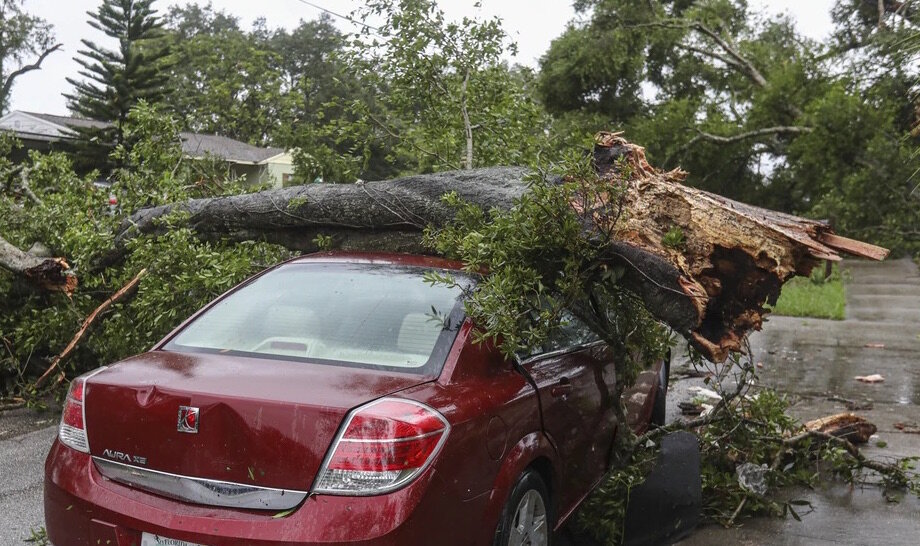
We’ve provided British Columbia drivers with numerous tips to safe driving despite wild weather. In following these guides, drivers are able to avoid accidents and subsequent damage and liability claims. But weather can do more than impact one’s ability to safely operate a vehicle on the road. It can damage the vehicle when idle. It’s within this scope that policy holders are wondering about how well their vehicle is protected should a weather event cause damage. With climate change becoming a larger reality with each passing year this concern has grown considerably. Below is a breakdown of weather events common the BC and what you need to know about auto insurance coverage.
How to Protect Your Car Against the Risk of Damage Caused by Weather Events that Have Become Increasingly Common in BC
Windstorms
While you typically think about homeowners insurance claims after a windstorm, auto insurance is also challenged when gale forces rip through the province. After one of BC’s infamous windstorms, ICBC reported that their claim centre call volume increased as much 66 percent when compared to year-over-year data. The most common claim is for damage caused by fallen trees, branches, and other overhead structures.
Preventative measures include parking in your garage, carport, or in an underground lot when extreme winds are forecast. However, you don’t always have the time or ability to do so. The only way to protect your vehicle against windstorm-caused damage is to ensure that it’s insured against it. Basic ICBC Autoplan on its own is not enough, you require optional comprehensive coverage through ICBC or a private auto insurance.
Wildfires and Forest Fires
Summertime wildfires and forest fires are ravaging BC communities with greater frequency. As a result, homeowners in at-risk zones are concerned about the risk of losing their vehicles (parked at the one’s place of residence) during a forest fire, along with their home and its possessions. Is your vehicle covered against this threat? Yes, if you have purchased comprehensive coverage as part of your optional auto insurance policy. When you do, your vehicle is insured against damage resulting from fire and smoke in addition to water damage caused by firefighters using hoses to stop an existing or approaching fire.
Hailstorms
Hailstorms are also occurring in greater frequency in BC, threatening vehicles from the spring into the early autumn. Climate change is also causing these hailstones to become more extreme, with “balls” ranging in size from marbles all the way up to a grocery store grapefruit. Moreover, heavy hail can hit the ground at up to 130 km per hour. Unless you’re driving a tank your vehicle is susceptible. Assuming you have the right policy in place, hailstorm damage to your vehicle can fall under your comprehensive or specified perils coverage.
Floods
Whether parked at home or abandoned on the road amidst flash floods and rising water levels, a vehicle and its mechanical parts can be severely damage when submerged. In this case comprehensive coverage is once again the key to recouping the costs of repair or replacement. However, in some cases where the driver has made a decision to weather the storm and attempt to drive through, comprehensive coverage may not be called upon. Some insurers consider driving through water to be akin to a collision. If your vehicle gets stuck as a result of driving head-on into the flood, your insurer may interpret this as if you had a “collision”. If so, the incident would be covered under collision coverage. Again, this will depend upon how your insurer interprets the claim’s case. Either way, you want all bases covered for this unique but very realistic BC weather threat.
Comprehensive automobile insurance provides peace of mind that your vehicle and its contents will be protected against increasingly common weather concerns in addition to other natural events such as earthquakes and tsunamis. Contact an independent broker at Park Insurance today to schedule a review of your existing policy.